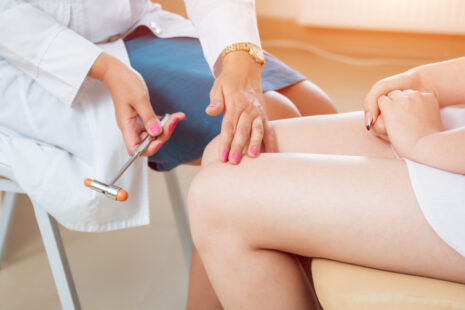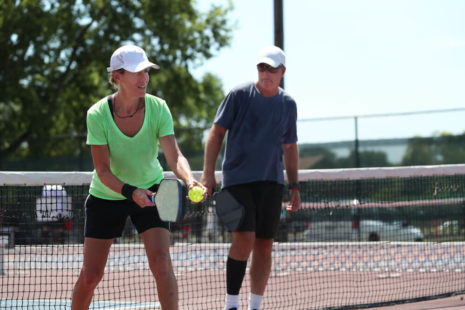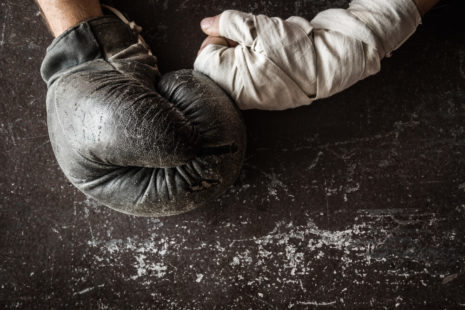Recovering from an ACL (anterior cruciate ligament) injury typically involves a comprehensive rehabilitation program that addresses various aspects of recovery, including pain management, swelling reduction, restoration of range of motion and strength, neuromuscular control, functional rehabilitation, and gradual return to activity. While the specific details of an ACL recovery program may vary depending on factors such as the severity of the injury, surgical intervention, individual goals, and healthcare provider recommendations.
Here are some key components that are commonly included in the best recovery approach for ACL injury…
- Preoperative Conditioning (if applicable) – In some cases, individuals may undergo preoperative physical therapy to optimize knee strength, range of motion, and neuromuscular control before ACL reconstruction surgery. Prehabilitation can help improve outcomes following surgery and facilitate a smoother recovery process.
- Postoperative Care and Protection – Following ACL reconstruction surgery, it’s essential to follow the postoperative instructions provided by the surgeon, including proper wound care, pain management, and protection of the surgical site. This may involve the use of crutches, a knee brace, or other assistive devices to protect the knee and promote healing.
- Early Motion and Range of Motion Exercises – Physical therapy typically begins soon after surgery to promote early motion and prevent stiffness in the knee joint. Gentle range of motion exercises and manual therapy techniques may be used to improve flexibility and reduce swelling.
- Strength Training – Strengthening exercises targeting the muscles surrounding the knee joint, including the quadriceps, hamstrings, hip abductors, and calf muscles, are essential for restoring muscle strength, stability, and balance. Progressively increasing resistance and intensity of exercises helps rebuild muscle mass and functional strength.
- Neuromuscular Training – Neuromuscular training focuses on improving balance, proprioception, coordination, and movement patterns to enhance joint stability and reduce the risk of reinjury. Exercises such as balance drills, agility drills, and proprioceptive exercises help improve neuromuscular control and joint proprioception.
- Functional Rehabilitation – Functional rehabilitation involves transitioning from basic exercises to activities that mimic real-life movements and sports-specific demands. This includes activities such as cutting, pivoting, jumping, and landing, which are gradually introduced as the knee strengthens and stabilizes.
- Pain Management and Modalities – Pain management strategies such as ice therapy, elevation, compression, and over-the-counter or prescription pain medications may be used to alleviate discomfort and inflammation during the recovery process. Physical therapy modalities such as electrical stimulation, ultrasound, and heat therapy may also be beneficial for pain relief and tissue healing.
- Gradual Return to Activity – A structured return-to-sport program is essential for safely reintroducing sports and physical activities after ACL surgery. This involves a gradual progression of activity levels, starting with low-impact exercises and gradually increasing intensity, duration, and complexity under the guidance of a physical therapist or sports medicine professional.
- Patient Education and Counseling – Educating patients about their injury, treatment options, rehabilitation goals, and expected recovery timeline is crucial for promoting active participation and adherence to the rehabilitation program. Counseling on injury prevention strategies, proper warm-up techniques, and modification of training techniques may also be provided to reduce the risk of future injuries.
- Long-Term Monitoring and Maintenance – ACL rehabilitation is not just about recovery; it’s also about long-term maintenance of knee health and function. Ongoing monitoring, periodic reassessment, and maintenance exercises may be recommended to address any residual deficits, prevent reinjury, and promote optimal knee function and performance over time.
It’s important to emphasize that ACL recovery is a gradual process that requires patience, dedication, and consistent effort over time. Every individual’s recovery journey is unique, and the best recovery approach for an ACL injury is one that is tailored to the individual’s specific needs, goals, and circumstances. Working closely with a multidisciplinary healthcare team, including orthopedic surgeons, physical therapists, athletic trainers, and sports medicine professionals, can help ensure a successful recovery and optimal outcomes following ACL injury.



